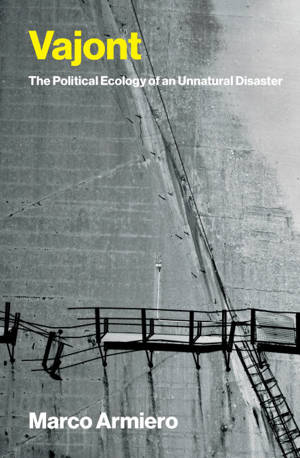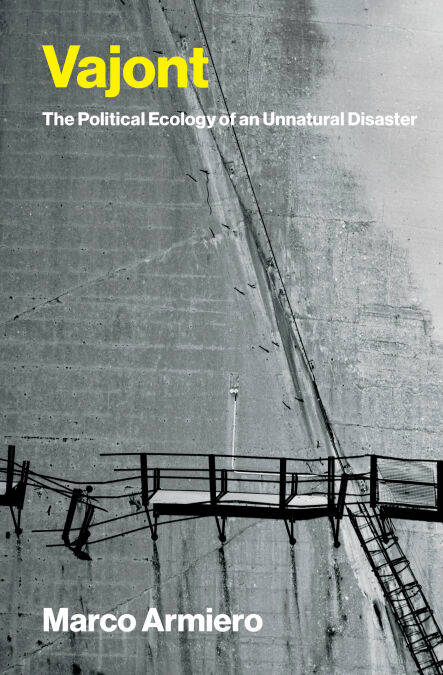
- Afhalen na 1 uur in een winkel met voorraad
- Gratis thuislevering in België vanaf € 30
- Ruim aanbod met 7 miljoen producten
- Afhalen na 1 uur in een winkel met voorraad
- Gratis thuislevering in België vanaf € 30
- Ruim aanbod met 7 miljoen producten
Zoeken
€ 39,42
+ 39 punten
Uitvoering
Omschrijving
The sobering political implications of a disaster—the Vajont landslide in Italy in 1963—and how it speaks directly to our present environmental crisis.
On October 9, 1963, two thousand people perished in the Belluno mountains, not far from Venice, engulfed by a wave of water and mud unleashed by a massive landslide that crashed into the basin at the foot of Mount Toc. Science, power, and memory are entangled in the vortex of the Vajont Dam Disaster—a stark reminder that these domains are inherently political, even when they are presented as natural.
It might be tempting to interpret the Vajont disaster as a perfect metaphor for the Anthropocene, where humans act as a geological force capable of moving mountains. But in Vajont, Marco Armiero takes a different path to reveal the political implications of this disaster, which was anything but natural. Viewed from the cemetery where its 2,000 victims lie, the disaster’s true cause becomes evident: it was not humanity that was responsible, but a specific way of organizing and subordinating both human and nonhuman nature in the service of profit for the very few.
In this book, the author argues that the Vajont disaster speaks directly to our current planetary predicament—as well as our deluded notion that we can solve it through technological fixes and neutral science.
On October 9, 1963, two thousand people perished in the Belluno mountains, not far from Venice, engulfed by a wave of water and mud unleashed by a massive landslide that crashed into the basin at the foot of Mount Toc. Science, power, and memory are entangled in the vortex of the Vajont Dam Disaster—a stark reminder that these domains are inherently political, even when they are presented as natural.
It might be tempting to interpret the Vajont disaster as a perfect metaphor for the Anthropocene, where humans act as a geological force capable of moving mountains. But in Vajont, Marco Armiero takes a different path to reveal the political implications of this disaster, which was anything but natural. Viewed from the cemetery where its 2,000 victims lie, the disaster’s true cause becomes evident: it was not humanity that was responsible, but a specific way of organizing and subordinating both human and nonhuman nature in the service of profit for the very few.
In this book, the author argues that the Vajont disaster speaks directly to our current planetary predicament—as well as our deluded notion that we can solve it through technological fixes and neutral science.
Specificaties
Betrokkenen
- Auteur(s):
- Uitgeverij:
Inhoud
- Aantal bladzijden:
- 160
- Taal:
- Engels
- Reeks:
Eigenschappen
- Productcode (EAN):
- 9780262053037
- Verschijningsdatum:
- 27/04/2026
- Uitvoering:
- E-book
- Beveiligd met:
- Adobe DRM
- Formaat:
- ePub

Alleen bij Standaard Boekhandel
+ 39 punten op je klantenkaart van Standaard Boekhandel
Beoordelingen
We publiceren alleen reviews die voldoen aan de voorwaarden voor reviews. Bekijk onze voorwaarden voor reviews.








